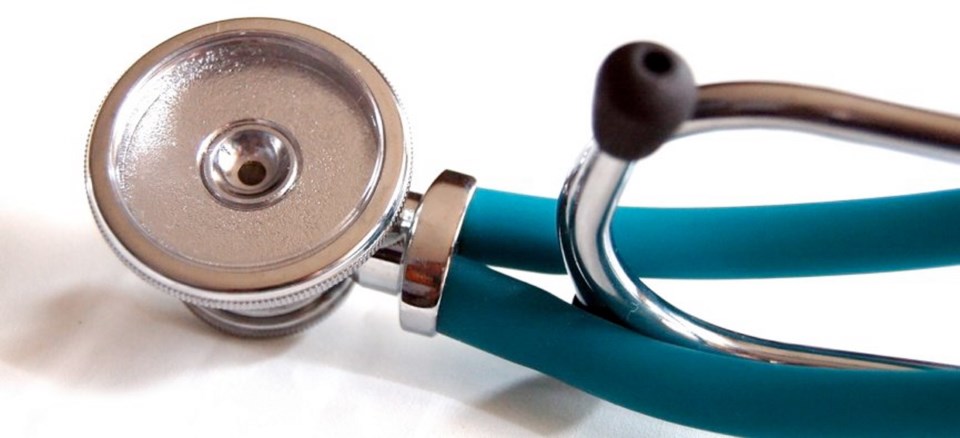Ask anyone about AAA and they will immediately think of the American Automobile Association. But it also stands for abdominal aortic aneurysm.
Sir William Osler once remarked: “There is no disease more conducive to clinical humility than aneurysm of the aorta.” He could have added that it’s a lethal disease, so prevention is better than cure.
Every year, more than 20,000 North Americans die from a ruptured aorta. Albert Einstein, the physicist who expounded the Theory of Relativity, and Lucille Ball, the TV star that made us laugh, both died of AAA.
So, what causes the aorta, about the size of a garden hose, the largest artery in the body, to rupture?
Getting a little stiff in various parts of our body is one of the problems of aging. But arterial stiffness, known as hardening of arteries, is particularly hazardous when it happens to the abdominal aorta. A sudden rupture can result in death in a few minutes. And studies show that about five per cent of men over age 65 have some degree of AAA. It’s also five times more common in males than females.
Osler, professor of medicine at McGill, John’s Hopkins and Oxford University, said: “It’s good to be born with good rubber” — in effect, to have soft, elastic, arteries that expand and contract with each beat of the heart.
But as we age, arteries often become rigid, resulting in hypertension, heart attack, stroke and rupture due to an aneurysm. The cause is arterial calcification, which can affect the aorta, coronary arteries and valves of the heart.
To reduce the risk of calcification, it’s important to block its penetration into arteries as soon as possible. Several studies show that people with a higher intake of vitamin K2 have less risk of arterial calcification.
But calcium is also an essential mineral to sustain life. In fact, without sufficient calcium, we could not maintain the electrolyte balance needed for the normal rhythm of the heart.
In a healthy body, 99 per cent of calcium is stored in bone, where it provides structural support. The amount of calcium allowed into the bloodstream is strictly controlled.
Dr. Dennis Goodman, cardiologist and director of integrative medicine at New York University, says ignoring vitamin K2 is dangerous. “Few are aware of how K2 aids bone health, but even fewer know how it helps cardiovascular health.”
The great risk is that a deficiency of K2 increases the risk that calcium will be deposited in the aorta.
These calcium deposits weaken the wall, increasing the risk of rupture and sudden death.
A Dutch study of 4,600 men ages 55 and older showed that a high intake of vitamin K2 decreased the risk of aortic calcification by an amazing 52 per cent.
Since K2 is not easy to obtain in the diet, various supplements are available. For instance, K2 drops also contain vitamin A and D, as all three are needed for bone health. And as we age, vitamin A also helps to improve night vision.
Osler was right. It’s good to be born with good rubber. But if this doesn’t happen, vitamin K2 is the way to keep arteries elastic and increase longevity.

